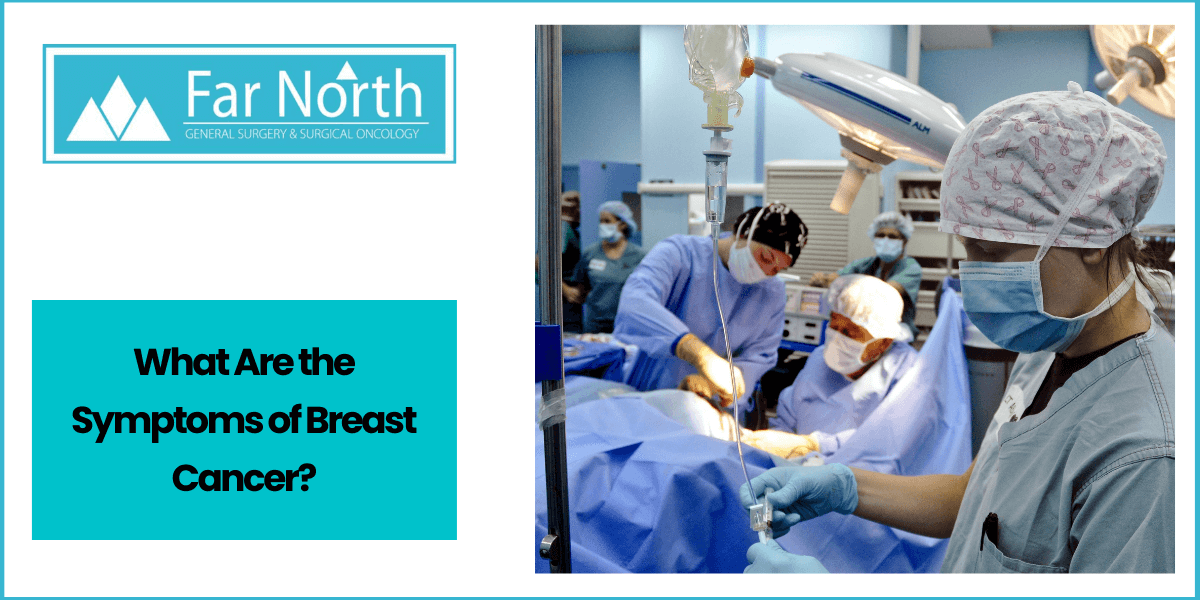


Keeping track of your breast health is important. To do so, you must be aware of how your breasts normally look and feel to you. Although it is extremely important to have regular screenings and mammograms done for routine check-ups, you must also be aware that breast cancer can often show up in ways other than a lump on the breast.
A lump or a new mass formation on the breast is most often associated with breast cancer. However, in reality, the symptoms you experience can vary with the specific type of cancer. Read on to learn about the various other symptoms of breast cancer.
Usually, the body starts producing different warning signs as it targets the malignant cells of the tumor. The most common symptom is a lump that can bump up anywhere along the breast line, including the armpit and the chest wall. However, any change in the size, shape, or appearance of the breast can also be a warning sign of malignancy. A sunken nipple or a scaling and crusting nipple with fluid secretion can too be a warning sign.
Some of the invasive breast cancer symptoms could be:
Remember, it is important to know what to look for so that you may perform successful breast self-exams. However, if you are over 40, it is recommended that you go for a yearly mammogram as it can detect malignancy in the breasts even before the symptoms arise.
See Also: All That You Should Know About Breast Cancer Surgery
There are different types of breast cancers, and all of them have varying symptoms. The type of breast cancer is determined by looking at the specific cells that become malignant in the breast. Here is a quick look at different types of breast cancers:
Ductal carcinoma in situ (DCIS) can usually be detected by a mammogram since it does not produce any symptoms like lumps or nipple discharge.
Lobular carcinoma in situ (LCIS) can only be detected by a breast biopsy. It does not cause any symptoms. Usually, the breast cells appear abnormal in size and shape only under the microscope.
Cancer that starts from the ducts of the nipple is known as invasive ductal carcinoma (IDC). It spreads from the ducts to the other tissues within the breast. Depending on the stage of cancer, the symptoms might become present in your body.
Cancer that starts in the lobules of the breast is known as invasive lobular carcinoma. The lobules are the cluster of sacs that make milk inside the breast.
Many other types of breast cancers can only be detected with a mammogram and a biopsy.
Breast cancer can often be inherited from the family. Other factors associated with the risk of having breast cancer include:
If you are experiencing any of the above-mentioned symptoms, do not delay. Visit a specialist immediately. Do not forget to check your breasts once every month, preferably a week after your menstruation is over. Go for regular screening tests and mammograms at least once a year after you turn 40.
See Also: Chemotherapy for Breast Cancer – An Overview
There is no sure-shot way of preventing breast cancer since most of the cancerous genes are hereditary. However, you can mitigate the risk of having breast cancer by taking care of certain things:
Although breast cancer may be an intimidating topic, just know that you are not alone. Breast cancer can be treatable and often curable if detected early. If you are diagnosed with breast cancer, there are professionals ready to help you. Contact us today if you are unsure about where to start. At Far North Surgery Clinic, our expert doctors will help you with a consultation and treatment plan.